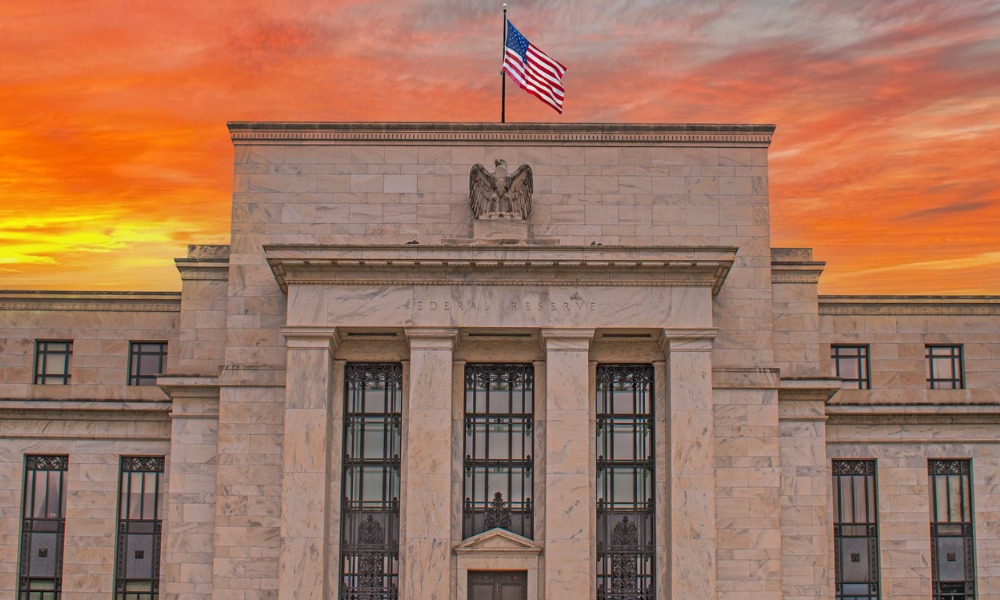Is the central bank set to cut rates in September?

Federal Reserve chair Jerome Powell indicated this weekend that the central bank is preparing to reevaluate its monetary policy framework in light of recent economic challenges. This comes as the Fed is also poised to begin cutting interest rates in response to cooling inflation and rising concerns about unemployment.
In his remarks at the Kansas City Fed’s annual Economic Policy Symposium, Powell outlined two key priorities for the months ahead: sustaining economic stability and critically assessing the Fed’s approach over the past few years. He acknowledged the need for introspection, particularly after the Fed was caught off guard by the inflation surge during the COVID-19 pandemic. According to Bloomberg, this prompted a rapid increase in interest rates, which many believe could have been avoided with a more flexible policy framework.
“As we begin this process later this year, we will be open to criticism and new ideas, while preserving the strengths of our framework,” Powell stated. He emphasized the importance of humility and learning from past mistakes, noting the limitations of the Fed’s knowledge during the pandemic.
The upcoming review marks the first formal reassessment of the Fed’s strategy since 2020, when the central bank last revamped its policy approach. That revision was influenced by the economic landscape at the time, which included a global pandemic, unprecedented fiscal stimulus, and geopolitical crises - all contributing to the highest inflation levels in four decades.
Steering through uncertain times
Critics, including prominent economists and some Republican lawmakers, argued that the 2020 framework was too narrowly focused on addressing inflation running below the Fed’s 2% target. This led to a delay in the Fed’s response to rising inflation, as policymakers initially misjudged its persistence. As a result, the Fed was slow to raise interest rates in 2022, which some argue exacerbated the inflation problem.
The forthcoming review will likely scrutinize how the Fed approaches its dual mandate of low inflation and maximum employment. The 2020 framework introduced two significant changes: allowing inflation to moderately exceed 2% following periods of below-target inflation and refraining from raising rates solely in response to low unemployment. This marked a departure from the Fed’s previous practice of pre-emptively tightening policy to avoid potential inflationary pressures.
However, economists suggested that the Fed’s forward guidance may have played a role in delaying its response to rising inflation. In 2020, policymakers signaled that rates would remain low until inflation exceeded 2% for an extended period and substantial progress had been made toward employment goals.
As the Fed prepares for its strategy review, Powell acknowledged that communication would be a critical area of focus. Discussions at the Jackson Hole conference centered on whether the public and investors fully understand the Fed’s approach and how the central bank might improve its communication strategies.
With inflation nearing the Fed’s 2% target and unemployment concerns growing, the central bank is expected to begin cutting interest rates as early as September. However, questions remain about how quickly rates should be eased and where they will eventually settle.
The discussions are also expected to extend to whether structural changes in the economy - such as advances in artificial intelligence, shifts in globalization, and frequent supply shocks - will lead to higher average interest rates in the future.
What are your thoughts about this update? Let us know in the comments below.



